Premium Only Content

Goldendoodle Dog Needs Special Shoes To Help Him Walk
This 3 year old Goldendoodle dog, called Josh, has trouble standing on his four legs like a normal dog, due to a neurological condition that affects him, called cerebellar hypoplasia. The young canine does not suffer from any pain but is very wobbly and difficult to stand for very long periods, he can barely take a few steps before falling. The owners of this beautiful dog have just moved into a new house that has slippery floors. So they tried these blue traction boots to help him "grab" - and he did! The boots have achieved the goal of helping the dog move around the house smoothly, improving his stability and making Josh feel more confident and proud of himself.
Cerebellar hypoplasia is a condition in which parts of the cerebellum are not fully developed. The cerebellum constitutes a large part of the brain, resting on the brain and back, above and behind the spinal cord. This condition can occur due to intrinsic (genetic) or extrinsic causes such as infections, toxins, and nutritional deficiencies. Symptoms become visible when puppies begin to stand and walk, around six weeks of age. Cerebellar hypoplasia is hereditary in some breeds such as: Airdale Terrier, Chow Chow, Boston Terrier and Bull Terrier.
Animals affected with cerebellar hypoplasia show signs at or shortly after birth. Puppies may show a slow progression of signs in a matter of weeks or months. After the post natal onset of signs of cerebellar hypoplasia, these patients should not show any progression of signs. Age, race, history, and typical non-progressive symptoms are usually sufficient for a tentative diagnosis. There is no treatment for cerebellar hypoplasia. While these signs are permanent, they generally do not worsen, and affected dogs have a normal life expectancy. Cerebellar hypoplasia is not progressive, which means it does not get worse with age and animals can learn to compensate for the disorder.
Your dog will be developmentally disabled, so he will not be able to make decisions or protect himself like other dogs. You should restrict your dog's activity and movement to prevent injuries and road accidents. Climbing, jumping or having the freedom to move around the park and all the normal things a dog can do should be carefully monitored or avoided. In the case of severe brain deficiency, and in animals that are unable to feed, groom themselves, and be trained to live at home, euthanasia should be considered.
-
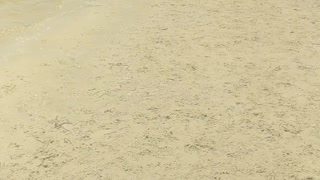 0:50
0:50
ViralHog
5 years ago $0.01 earnedSpecial Dog Has Beach Fun
1551 -
 0:10
0:10
ViralHog
5 years ago $0.32 earnedDog is Done With Walk
1.25K -
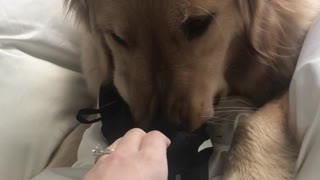 0:11
0:11
ViralHog
6 years ago $0.06 earnedDog Likes to Steal and Smell Shoes
391 -
 0:17
0:17
rumblestaff
5 years agoLazy dog makes special request for Monday morning breakfast
2411 -
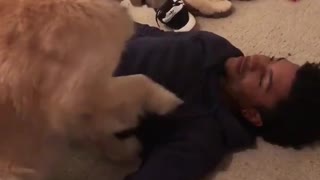 0:27
0:27
ViralHog
6 years ago $0.01 earnedDog Needs to Be Pet At All Times
78 -
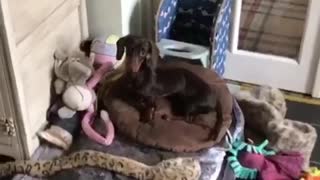 0:18
0:18
Skinnybll
6 years ago $0.26 earnedDog suffering from Megaesophagus sits in special chair
3.34K -
 0:31
0:31
ViralHog
5 years ago $0.13 earnedMango the Dog Must Walk Himself
700 -
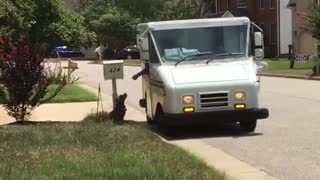 0:34
0:34
TerryTaylor
6 years ago $25.99 earnedDog and mail carrier strike up special friendship
2.71K -
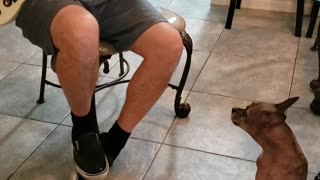 0:23
0:23
ViralHog
5 years ago $0.03 earnedSpecial Doggy Duet
289 -
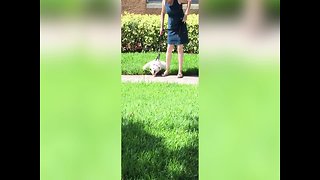 0:35
0:35
AFV
6 years agoDog Never wants Walk to End!
394